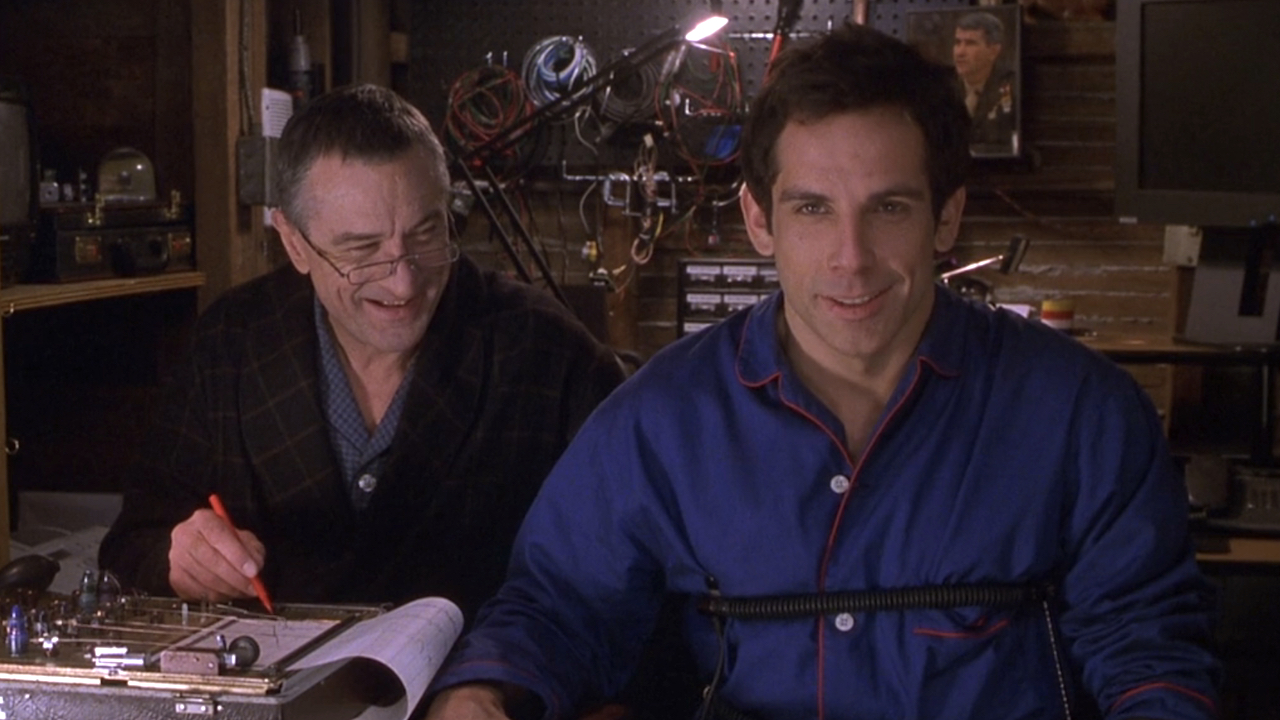Indiana Jones And The Dial Of Destiny’s Momentous Ending, And How Harrison Ford And James Mangold Felt Making It
An ending that is impactful, and sure to be controversial.
Indiana Jones is back, and The Dial of Destiny is certain to please O.G. fans of the iconic franchise. Between Harrison Ford’s confident portrayal, Steven Spielberg’s direct involvement, and the legendary John Williams returning to score, it seems that director James Mangold is firing on all cylinders. This tried, tested and true recipe for success has given us a nostalgic final ride for Doctor Jones, but there’s one component that’s already proven to be divisive amongst fans and critics alike: that big, bold, behemoth of a third act.
The ending of Indiana Jones and the Dial of Destiny is bound to be controversial and a hot topic in pop culture. So, let’s discuss what happens, what it means, and what James Mangold and Harrison Ford think about taking such a big swing.
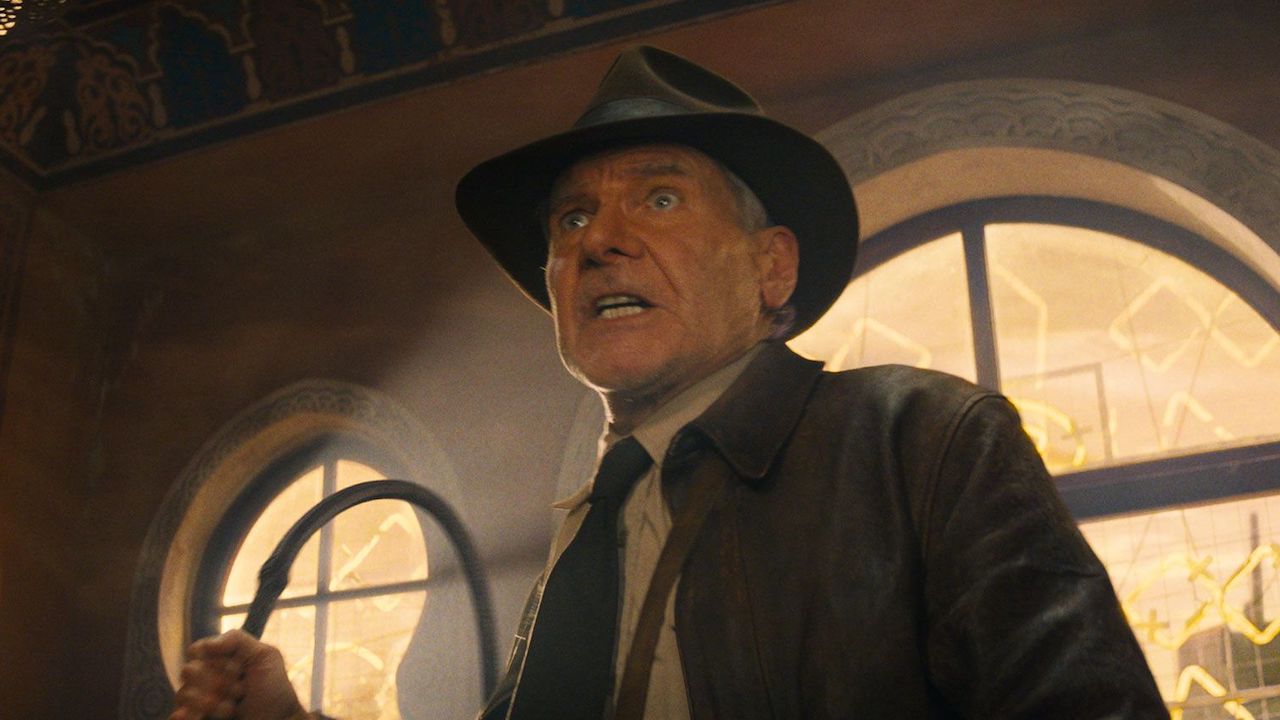
How The Dial Of Destiny Sets Up That Huge Third Act
The opening of Indiana Jones and the Dial of Destiny takes us back in time to one of Indy’s many World War II era adventures. This is where we’re introduced to Basil Shaw (father of Phoebe Waller-Bridge’s Helena Shaw), Mads Mikkelson’s Dr. Voller, and one-half of the titular dial, also known as the Antikythera. After an exciting action sequence on a moving train in classic Indiana Jones fashion, the dial ends up in the possession of Basil and Indy, with Voller having been knocked out by Doctor Jones himself. This is likely part of the catalyst that paves the way for a massive grudge Voller holds against Indy over the course of the following decades.
Flash forward, and Basil Shaw has become somewhat obsessed with the dial, believing that it holds the power to travel back in time. Indy takes the dial from him in a move reminiscent of Gandalf helping Bilbo by taking the ring. This is when we see Helena Shaw as a little girl, who Indy, her godfather, won’t be in contact with for many years. That is, until, she’s an edgy adult who looks shockingly similar to Phoebe Waller-Bridge, and comes looking for the Antikythera to sell it at auction.
At this point in time Indy is 70 years old, retiring from the university, and we get a great classroom scene reminiscent of Raiders of the Lost Ark and The Last Crusade. Indy is giving a lecture on Greek mathematician and inventor Archimedes, who famously invented a series of weapons used to protect Syracuse against the Roman invasion in 213-212 BC. Archimedes also worked on a device called the Antikythera. Get it? They’re setting us up. Storytellers, am I right?
Voller is also back, his jaw still sore from the hit, and he has a merry gang of Nazis rampaging around the world looking for the dial. Why? To go back in time and kill Hitler, of course! Good news, right? No, not necessarily, as Voller plans to take Hitler’s spot as the leader of the Third Reich and lead the Nazis to victory in World War II, correcting all the mistakes Voller knows that Hitler made. That is, unless Indiana Jones and his badass goddaughter have something to say about it. After a series of side quests and the MacGuffin changing hands, Voller is on his way back to the ‘30s with both halves of the dial, and Indy and Helena in tow.
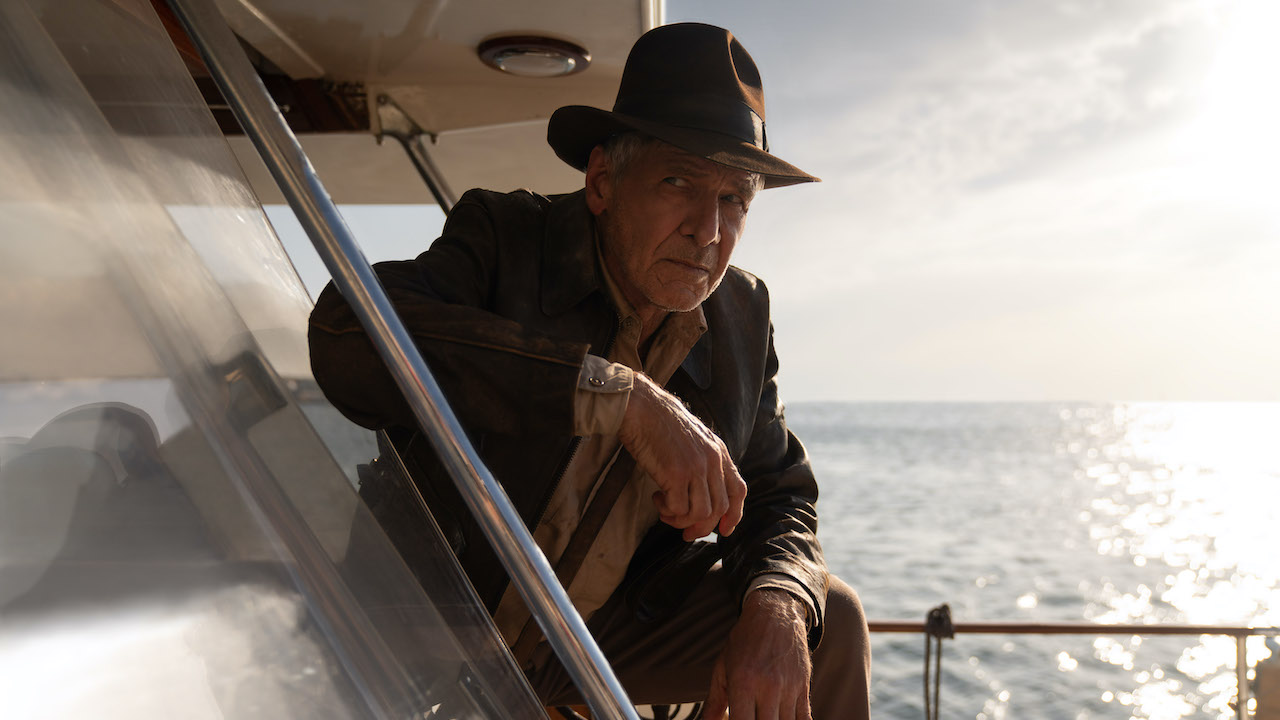
The Big Swing Of Indiana Jones and the Dial of Destiny’s Finale
So, now we’re at the moment my jaw hit the floor in the movie theater. All parties successfully go back in time… but not to the 1930s. The whole lot find themselves in Sicily, during the 213-212 BC siege of Syracuse. That’s right, folks! Indiana Jones goes back in time to Ancient Italy during a Roman invasion. The Romans fire at the Nazis, and the Nazis fire back, taking down a fair amount of Roman forces and leaving us in that time-travel paradox of wondering how history would have changed had the events of the film not taken place. Voller and co. (Nazis) die in the scuffle, while Indy and Helena parachute down to safety. That’s when we get the big, goosebumps moment of the film, and the twist we were all waiting for.
Your Daily Blend of Entertainment News
Indiana Jones comes face-to-face with Archimedes himself. We learn that the dial wasn’t simply invented as a general time-travel device, but rather, Archimedes created it to send help from the future in order to aid in his protection of Syracuse during the invasion. Indiana Jones is now in the past that he had spent his life researching, and in the process, managed to sustain a gunshot wound. There’s a wonder in his eyes, as if this is what he’d always wanted. He asks Archimedes if he can stay, and plans to die there. However, his wish is not fulfilled, but more on that later.
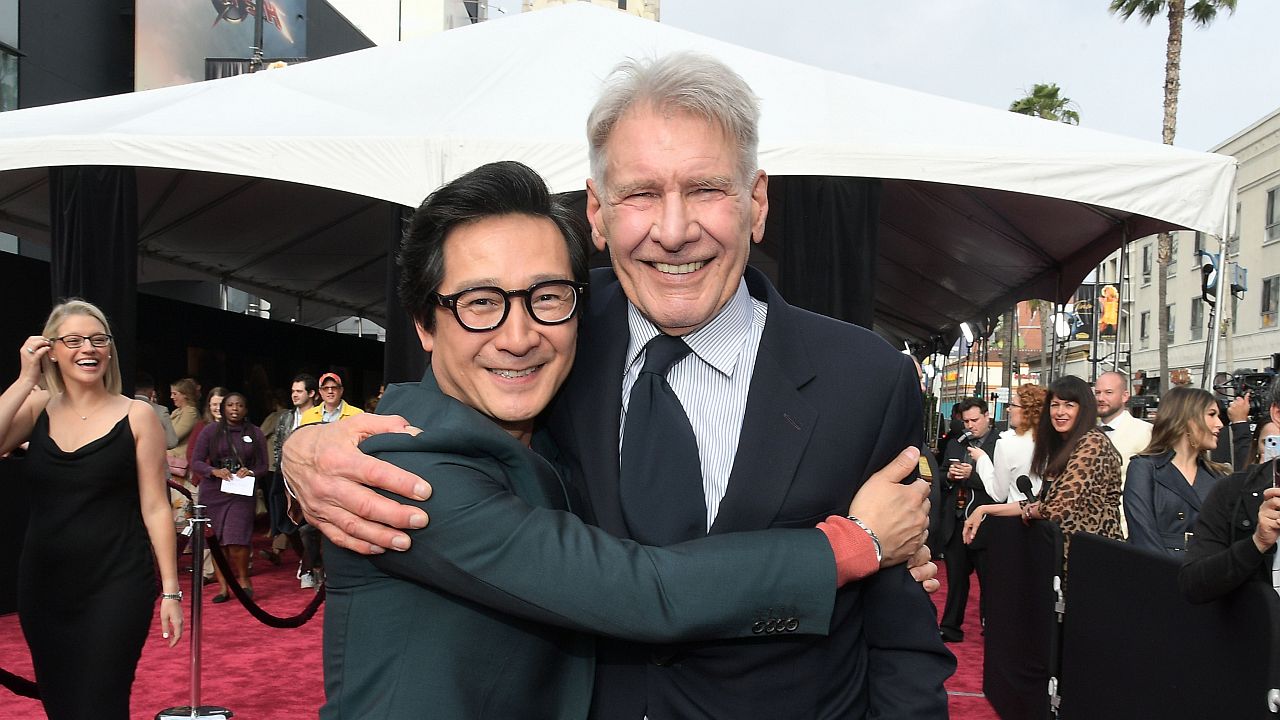
Why Harrison Ford and Director James Mangold Don’t Think The Ending Was Such A Stretch
Look, iconic hero Indiana Jones travelling to ancient Europe feels like… a lot. Of all the intense nonsense this franchise has put us through, until now they had yet to explore time travel. Having said that, the Indiana Jones films tackle a lot of wild subject matter, and if you were to ask Dial of Destiny director James Mangold, befriending Archimedes isn’t a terribly big swing for the franchise. In fact, during a press day for Indiana Jones and the Dial of Destiny, Mangold told me this:
You know, opening a chest and finding dark angels that fly out and kill 150 Nazis but leave our heroes alone… doesn't exactly sound like a small swing for a movie that's existed, essentially, magic-less for the first 2 hours. And people reaching into people's chests and pulling out their beating heart and massive voodoo insanity, also. And then certainly in The Last Crusade, finding a, you know, ancient knight of the roundtable, living in a cave for the last 2000 years. Each of them to me is a large swing and almost a staple of what the movies are. But we're so used to those that we think of this swing as being so outwardly large. But I have to tell you, because I was working with the creative principals who also worked on the other movies, none of us felt it was such a wild swing. It was merely you have a relic, it’s got a power, at some point that power’s gonna reveal itself.
James Mangold makes a good point. The Indiana Jones films have always skewed a little fantastical, especially towards the end, though it certainly could be argued that time travel is a bigger swing than voodoo. Coming face-to-face with Archimedes is akin to coming face to face with Jesus Christ himself during the climax of Raiders. Having said that, these films are such a significant part of our cinematic lexicon that we do, to his point, sometimes forget just how “out there” these other third acts have been.
Harrison Ford has a slightly different take. While acknowledging that the third act may have been a lot, he believes that the relationships between the characters, and exhibiting real, human emotion is the most pivotal detail in creating a believable story, despite how fantastical it may be:
I'm always concerned that we have the opportunity to do the best we can with, with our part of the job. But, you know, taking something from from the page, something of such breath, and when you put a frame around it, it almost defies reality. So the things that are happening in that frame, if it's real emotion, if it's real joy, if it's real concern for another person, if it's real, if the relationships are real, that's what the audience feels. They feel the real, the reality of humanity. And that carries them through some of these more unbelievable experiences.
Boom. The answer to end all answers. If you have believable relationships between the characters, the outlandish nature of the story will be accepted by audiences. Of course, if you ask the villain Voller himself, Mads Mikkelson, he’ll put it more bluntly, completely standing behind the concept of time-travel as a realistic story element:
I don’t see this as a stretch. If you ask Einstein, we’re closer to reality than any of the other films.

A Happy Ending for Indiana Jones
So, does Indiana Jones stay with Archimedes and die within the historical events he had always romanticized? Of course not. Phoebe Waller-Bridge’s Helena Shaw, having become emotionally reconnected to her godfather, knocks him out. Indy wakes up in a hospital bed, with Karen Allen’s Marion waiting for him. The Indiana Jones films both start and end with the love between Marion and Indy, and if you didn’t swoon during that romantic finale, you and I are no longer friends.
But is this really the end of Indiana Jones? The last shot of the film sees his iconic fedora hanging outside of the couple's New York City apartment, until his hand reaches around the corner to grab it once again.
If you haven’t seen Indiana Jones and the Dial of Destiny for yourself, remedy that! The film is in theaters right now. For the record, the arguably “big swing” of the third act worked for me completely, and I hope it gives you the same nostalgic goosebumps. The film is yet another solid addition to this Summer’s movie release schedule, with much, much more coming down the pipeline.
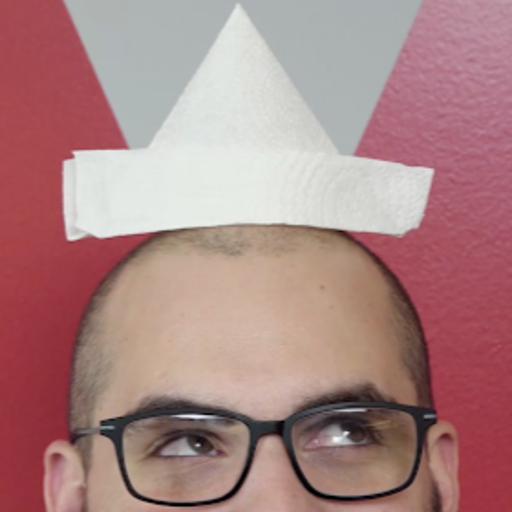
Jeff started his career producing television commercials in his hometown of Fresno, California. After a few years, he came across the opportunity to make a living talking about his favorite thing: movies. Jeff is a film buff who is full of gratitude that he gets to spout opinions about them for a living. He currently resides in Los Angeles, where he spends his time complaining about Los Angeles.
